Leopard cactus pleco - Pseudacanthicus leopardus
Scientific name: Pseudacanthicus leopardus
Common name: Leopard cactus pleco
Family: Loricariidae
Usual size in fish tanks: 20 - 24 cm (7.87 - 9.45 inch)
014
Recommended pH range: 6.1 - 7
Recommended water hardness: 4 - 13°N (71.43 - 232.14ppm)
0°C 32°F30°C 86°F
Recommended temperature range: 23 - 28 °C (73.4 - 82.4°F)
The way how these fish reproduce: Spawning
Where the species comes from: South America
Temperament to its own species: peaceful
Temperament toward other fish species: peaceful
Usual place in the tank: Bottom levels
Origin
The Leopard Cactus Pleco (Pseudacanthicus leopardus) originates from the waterways of South America, specifically in the rivers of Guyana. These fish are typically found in fast-flowing rivers with rocky or sandy substrates, where they use caves and crevices for shelter. The conditions in their natural habitat should be replicated in captivity to ensure their well-being.
Lifespan
With proper care, the Leopard Cactus Pleco can live up to 12 years or more in captivity. Maintaining a clean, well-filtered environment, providing a balanced diet, and ensuring that the aquarium meets their specific needs are key factors in promoting their longevity.
General Care
The Leopard Cactus Pleco is generally peaceful but becomes territorial as it matures, especially with other bottom-dwelling fish. They thrive in aquariums with plenty of hiding places, such as bogwood, rocks, or PVC pipes. As a nocturnal species, they prefer subdued lighting and will often hide during the day, becoming more active at night.
Since this pleco is a large fish, reaching up to 24 cm (9.45 inches) in length, they require a spacious tank, preferably 300 liters (about 80 gallons) or larger, to allow for sufficient swimming room. Using sand as the substrate is recommended to prevent injury to their delicate barbels. Additionally, the aquarium should have ample open space at the bottom, making it unsuitable for densely planted setups.
The Leopard Cactus Pleco is a high waste producer, meaning a powerful filtration system is essential to maintain water quality. Regular water changes are crucial to prevent waste buildup and keep the water clean. When housed with other large fish, maintaining water quality becomes even more important, as the bioload will increase.
Food and Feeding
The Leopard Cactus Pleco is primarily a carnivorous species, though it benefits from some vegetable matter in its diet. Mature specimens will readily accept meaty foods such as mussels, prawns, and fish fillets. It's important to offer them occasional plant-based foods, such as cucumber slices, shelled peas, or spirulina flake, to ensure a balanced diet. They will also enjoy protein-rich treats like bloodworms or tubifex worms. Regular feedings of varied food help maintain their health, promote vibrant coloration, and support growth.
Sexing
Sexing Leopard Cactus Plecos can be done by comparing the size and body shape of mature fish. Males tend to be slimmer with more pronounced spines on their fins, while females are generally larger and have a rounder body, especially when carrying eggs. These differences become more noticeable as the fish reach sexual maturity.
Breeding
There are no confirmed reports of Pseudacanthicus leopardus breeding in home aquariums. In the wild, they are known as cave spawners, digging out caves along riverbanks to create nests for their eggs. The male plays a significant role in parental care, guarding the eggs and the nest while the female is typically chased away after spawning. If breeding is attempted in captivity, providing caves and simulating their natural environment may help encourage spawning behavior, though success is rare.
Short Description
The Leopard Cactus Pleco (Pseudacanthicus leopardus) is a visually striking species with a distinctive spotted pattern that resembles a leopard’s coat. This pleco is peaceful but becomes territorial as it matures, especially toward other bottom-dwellers. It is a large fish that requires a spacious tank and high-quality water conditions due to its high waste output. Although it primarily feeds on meaty foods, it should be given some vegetable matter to maintain a balanced diet. This species can be challenging to breed in captivity but makes a rewarding addition to large, well-maintained aquariums.
Pictures
Bought by aqua-fish.net from jjphoto.dk.
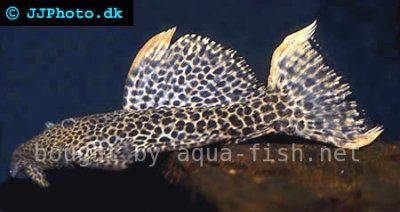







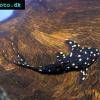 Adonis
Adonis  Lyre
Lyre 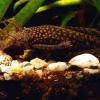 Bristlenose
Bristlenose 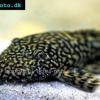 Gold
Gold  Bushymouth
Bushymouth  Spotted
Spotted  Medusa
Medusa 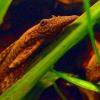 Bristlenose
Bristlenose 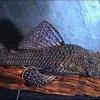 Starlight
Starlight 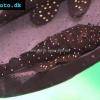 Spotted
Spotted  Catfish
Catfish  Bushynose
Bushynose 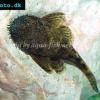 Bristlenose
Bristlenose  Green
Green 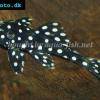 LDA-33
LDA-33 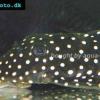 Snowflake
Snowflake 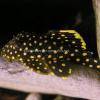 Gold
Gold 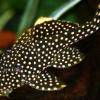 Gold
Gold  Bulldog
Bulldog  Dasyloricaria
Dasyloricaria 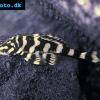 Butterfly
Butterfly 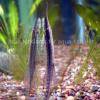 Whiptail
Whiptail 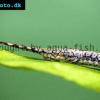 Amazon
Amazon  Twig
Twig 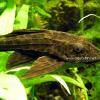 Spotted
Spotted 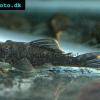 Spotted
Spotted 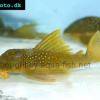 Lemon
Lemon 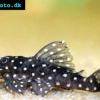 Pleco
Pleco 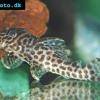 Peruvian
Peruvian 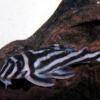 Zebra
Zebra 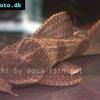 Pleco
Pleco 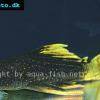 Hypostomus
Hypostomus 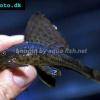 Pleco
Pleco 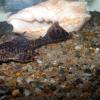 Suckermouth
Suckermouth  Spotted
Spotted  Woodeating
Woodeating 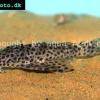 Golden
Golden  Sultan
Sultan 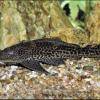 Multiradiatus
Multiradiatus  Marbled
Marbled 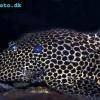 Pleco
Pleco 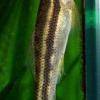 Dwarf
Dwarf 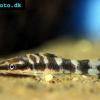 Dwarf
Dwarf 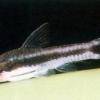 Dwarf
Dwarf 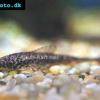 Oxyropsis
Oxyropsis 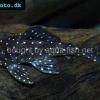 Orange
Orange 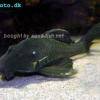 Blue
Blue 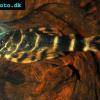 Clown
Clown 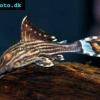 Royal
Royal 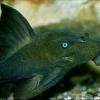 Blue
Blue 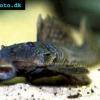 Rubber
Rubber  Goby
Goby 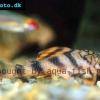 Wormline
Wormline  Para
Para  Tiger
Tiger 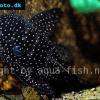 Spiny
Spiny 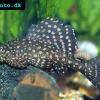 Marbled
Marbled 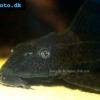 Amazon
Amazon  Common
Common 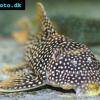 Sunshine
Sunshine 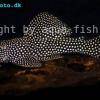 Golden
Golden